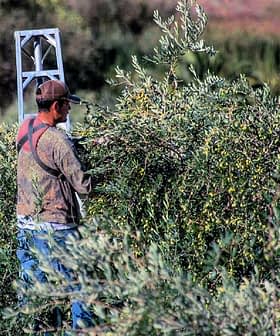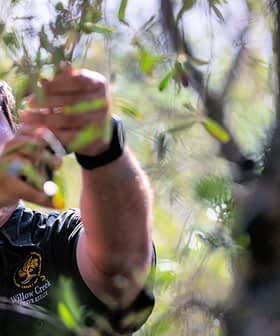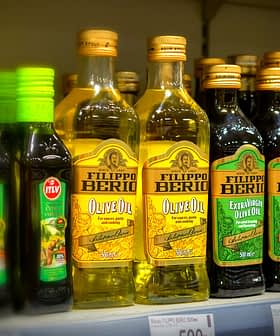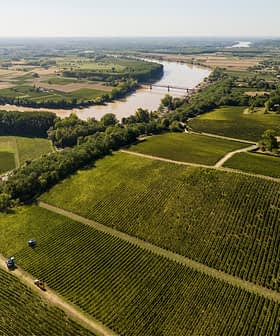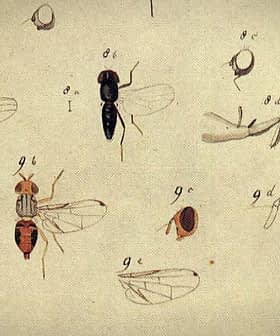Experts Offer Pest-Control Tips for California's Hobby Growers
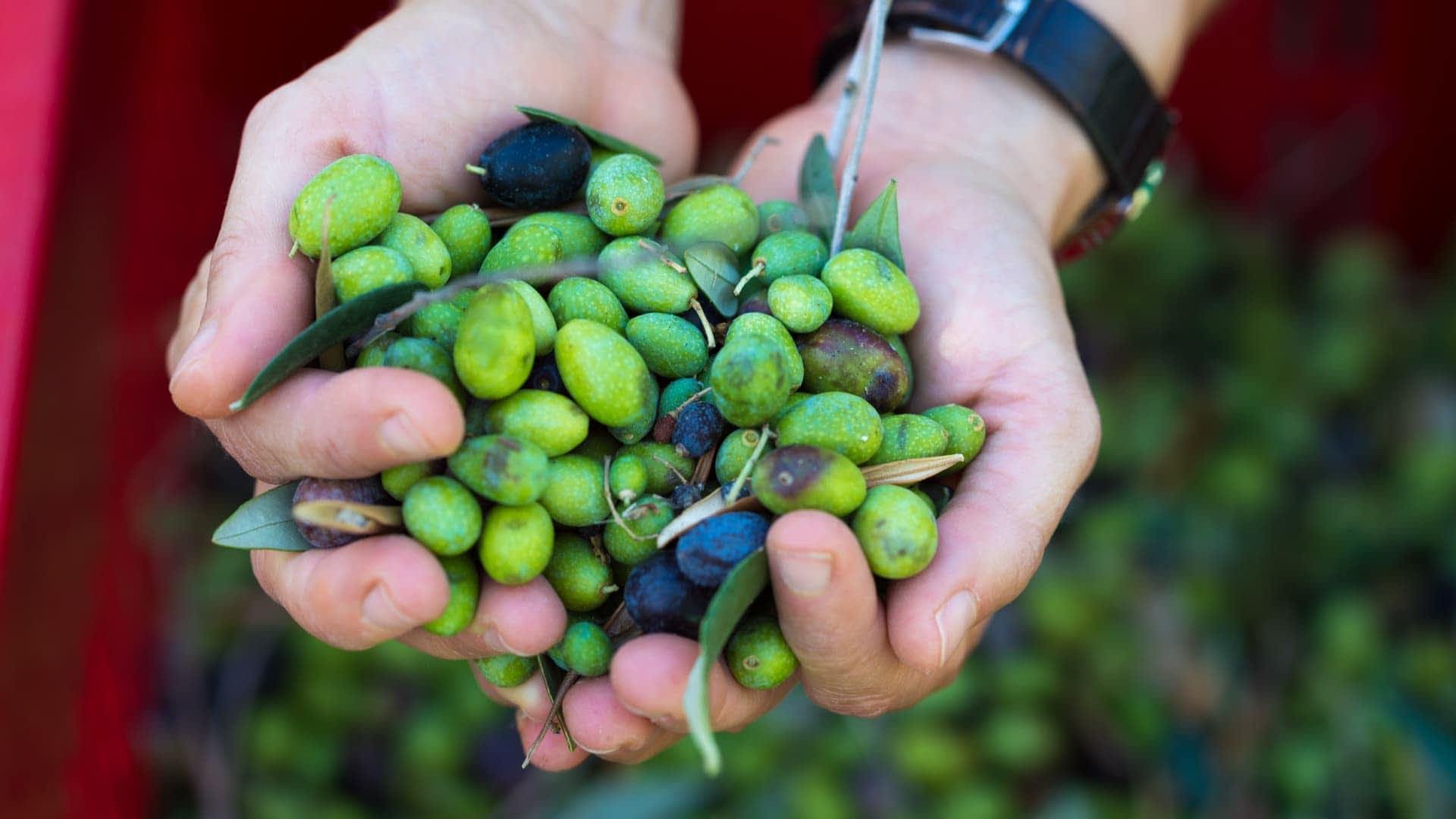
Home olive growers in California face challenges such as the olive fruit fly and various diseases, but these issues can be managed using preventative practices and organic solutions. Selecting the right olive tree varieties for specific climates and conditions, along with proper irrigation and fertilization techniques, can lead to successful growth for home orchardists. Consulting resources such as the UC ANR and nurseries, as well as proactively addressing issues like olive knot and yellow leaves, can help hobby growers produce quality olives and olive oil.
In California’s olive-growing regions, home orchardists use organic solutions to combat olive tree pests, diseases and competitors.
“California home olive growers deal with the olive fruit fly and scales of different kinds,” Javier Fernandez-Salvador, UC Davis Olive Center executive director, told Olive Oil Times. “In terms of diseases, olive knot, peacock spot and soil-borne pathogens such as verticillium wilt and phytophthora are prevalent.”
Even two to five percent [fruit fly] damage may affect the quality of oil. It can affect its shelf life and may present as defects.
“Fortunately, these issues can be dealt with by using preventative practices and organic solutions,” he added.
According to the University of California’s Division of Agriculture and Natural Resources (UC ANR) home orchard guide, hobby growers can proactively approach by understanding which olive varieties are best suited for home gardens and landscaping in California.
See Also:A Hobby Grower’s Guide to the Olive HarvestThe olive tree is an evergreen best suited to areas with hot and dry summers and mild but cool winters. Certain varieties offer superb olives for eating, while others tend to be favored for olive oil.
Success for home orchardists starts with selecting the best olive trees to grow in their location. Certain varieties perform best in different micro-climates, and making the correct selection prevents some problems before they ever begin.
The UC ANR highlights top table olive varieties such as the Ascolano, Manzanillo and Sevilliano. Manzanillo trees are most susceptible to cold snaps, peacock spot and olive knot.
Arbequina, Frantoio, Leccino, Maurino and Mission are the top choices for producing olive oil in the Golden State.
Many nurseries in California offer a variety of olive trees and work closely with hobby gardeners to develop a complete growing plan. This includes selecting trees well-adapted to specific climates, conditions and natural topography.
With careful selection, home gardeners can manage ongoing needs such as irrigation, fertilization and pruning for successful growth.
“Don’t overwater,” Fernandez-Salvador said. “A lot of the problems with olive trees start with overwatering. Olives behave differently than other fruit trees, so it is essential to have a plan for watering appropriately to avoid root rot and other common issues.”
The second big tip he offered home growers: “Keep small orchards managed technically,” he added. “This enables you to monitor the timing of irrigation and fertilization and address issues proactively.”
Fernandez-Salvador also advises asking for help and advice before a problem takes root. “Learn about issues and take care of them proactively,” he said.
Ellie Andrews, a UC ANR specialty crop advisor, recommends hobbyists utilize the many online resources available through UC ANR, including olive production and integrated pest management.
According to Fernandez-Salvador, prevention methods and organic practices can provide solutions for the main competitors, pests and diseases facing California olive growers.
New olive trees are especially sensitive to competition from weeds, with weed management best practices changing over time. In the early years, many producers prefer to hand weed. After trees are established, regular mowing keeps the orchard weed-free.
Olive knot is one of the most pervasive bacteria California producers – hobby and commercial – face.
“Olive knot is a canker-like form of growth that distorts a lot of tissue in the tree,” Fernandez-Salvador said. “It can cause systemic damage, so it is important to prevent it. In terms of oil quality, olive knot can contaminate the oil and greatly reduce productivity.”
“Prevention is the best action,” he added. “As olive knot tends to occur during rainy and cold conditions, hobbyists need to sanitize all equipment and avoid pruning in rainy, cold weather,” he added.
While olive trees tend to have fewer issues than other fruit trees, home growers may be shocked when an olive tree’s leaves suddenly turn yellow.
This issue is typically related to watering, so a fixed schedule can help determine whether over-watering is the cause. If over-watering is not the cause, yellow leaves may indicate nitrogen deficiency.
McEvoy Ranch, one of California’s largest producers, demonstrated that a few doses of a nitrogen-heavy fertilizer, such as fish emulsion, may help resolve the issue.
Globally, the olive fruit fly is one of the tree’s most pernicious pests. Native to the Mediterranean, the invasive species has posed a problem for California olive growers since 1998. Biological control methods require precise timing and ideal environmental conditions.
The adult olive fruit fly is rarely seen as it lays eggs under olive skin. The larvae feed on the olive flesh. Visual signs include brown tracks and tunnels. According to Fernandez-Salvador, fruit damaged by fruit flies is susceptible to rot and can drop prematurely.
“Fruit fly damage can create havoc with olive trees,” he said. “If the larvae come out and eat the fruit, it creates space, and the fruit rots from the inside out and ferments. Even two to five percent damage may affect the quality of oil. It can affect its shelf life and may present as defects in the olive oil.”
The fly can ruin an olive crop, so hobby farmers resort to various organic options for controlling it. Trapping includes multiple methods, such as ball traps, Olipe traps, McPhail Traps, and sticky traps. Spraying may consist of applications of kaolin clay or spinosad.
Peacock spot (Spilocaea oleaginea) is another common olive tree issue in California caused by a fungus. The olive leaves turn yellow with black spots, and the lesions can spread, especially in bad weather. If not addressed, all the leaves can fall off.
The agronomists at McEvoy Ranch use an organic fixed copper full canopy spray immediately after the harvest to prevent the fungus from setting in.
A second mid-winter application may also be helpful, as the fungus thrives in wet environments. McEvoy Ranch noted that annual pruning offers a natural approach to increasing air circulation by opening the canopy.
Another fungus, verticillium dahliae, can cause olive leaves to turn brown but remain on the trees. This condition is known as Verticillium wilt. Site selection is critical to prevent this condition. Ideally, olive trees should be in fields not planted with nightshades or other verticillium-susceptible crops, including cotton.
The University of California offers official guidelines for pest monitoring techniques and managing pests with or without pesticides. In addition, home orchardists may want to consult with nurseries and local master gardener programs for input.
For instance, in Sonoma, the Sonoma Master Gardeners offer a free service to help growers identify olive tree problems and respond proactively.
Andrews advises new olive producers to “consult UC ANR resources such as the organic olive production manual, talk with experienced growers and consultants, connect with olive grower networks, and attend training and workshops.”
“I wish more home growers knew how to prevent problems when starting,” Fernandez-Salvador added. “I encourage home gardeners and small-scale producers to take advantage of educational resources to learn about growing olive trees organically.”


